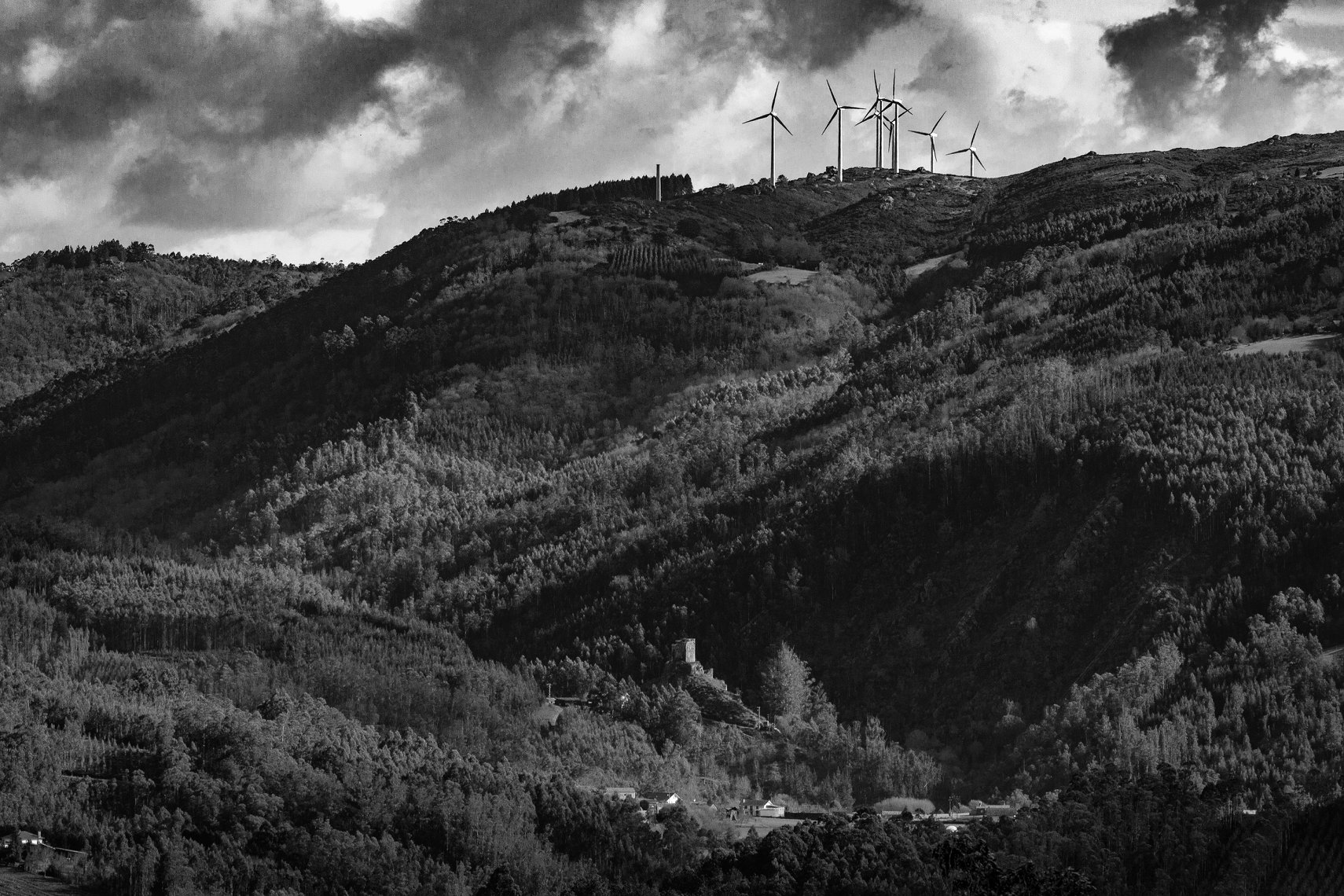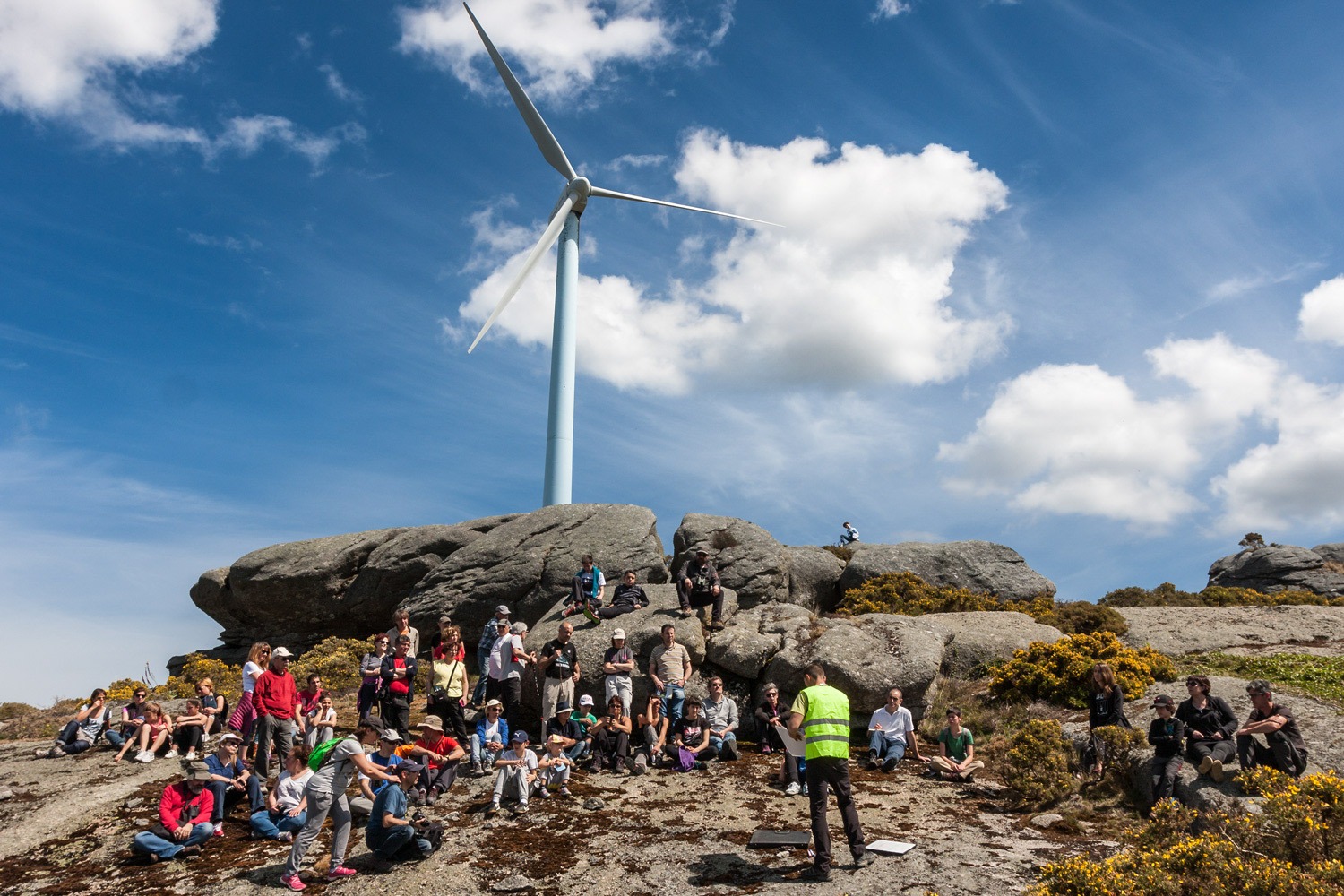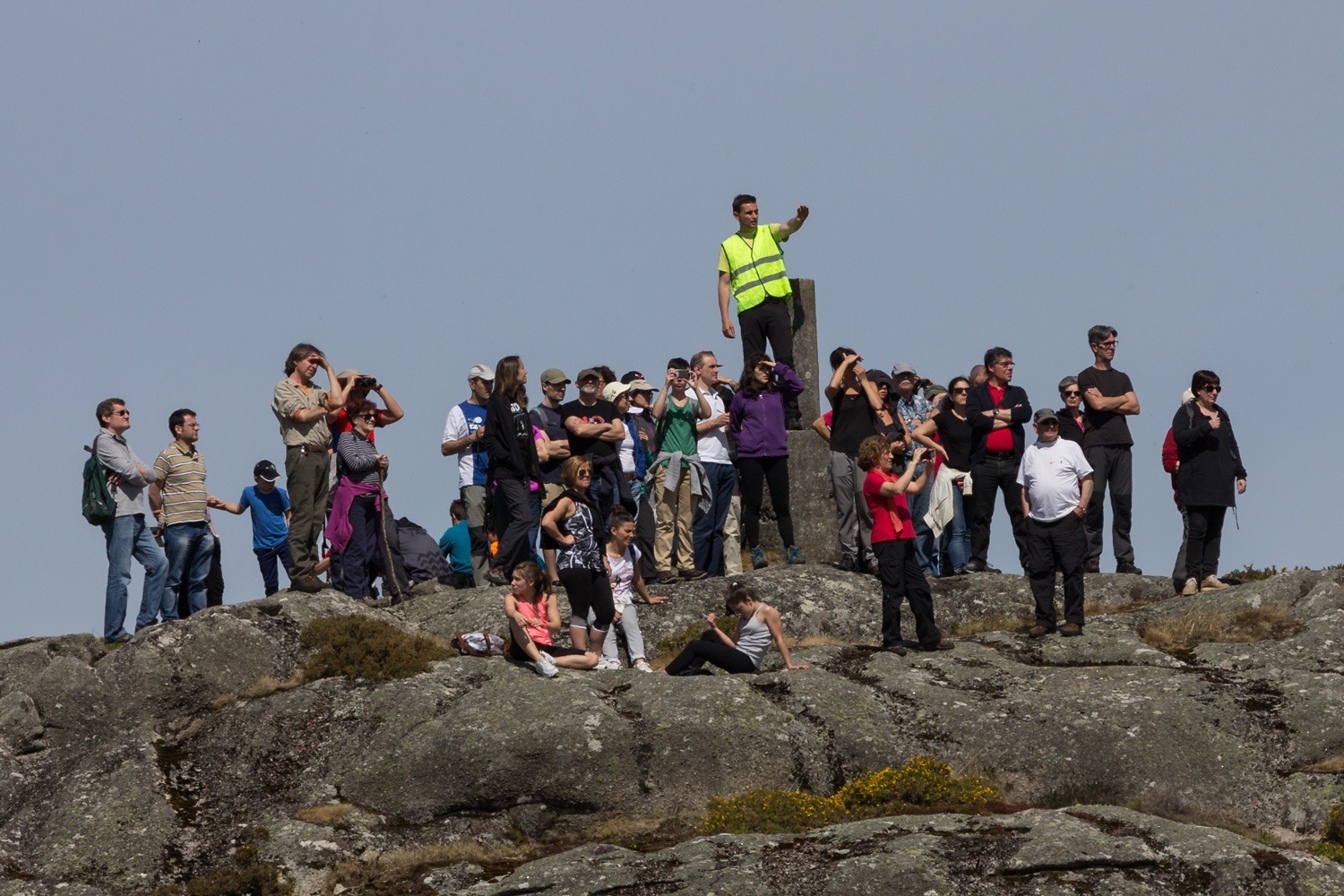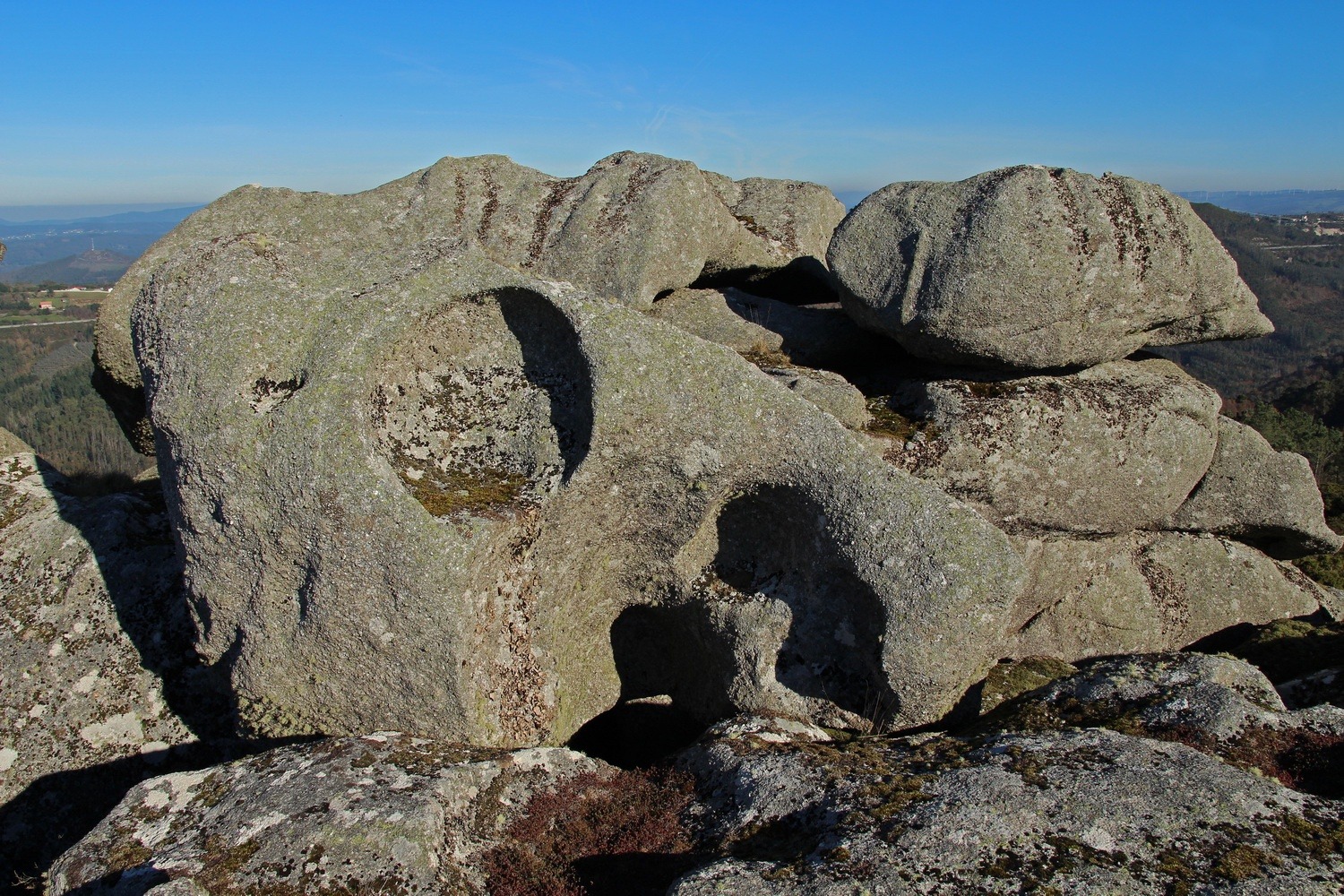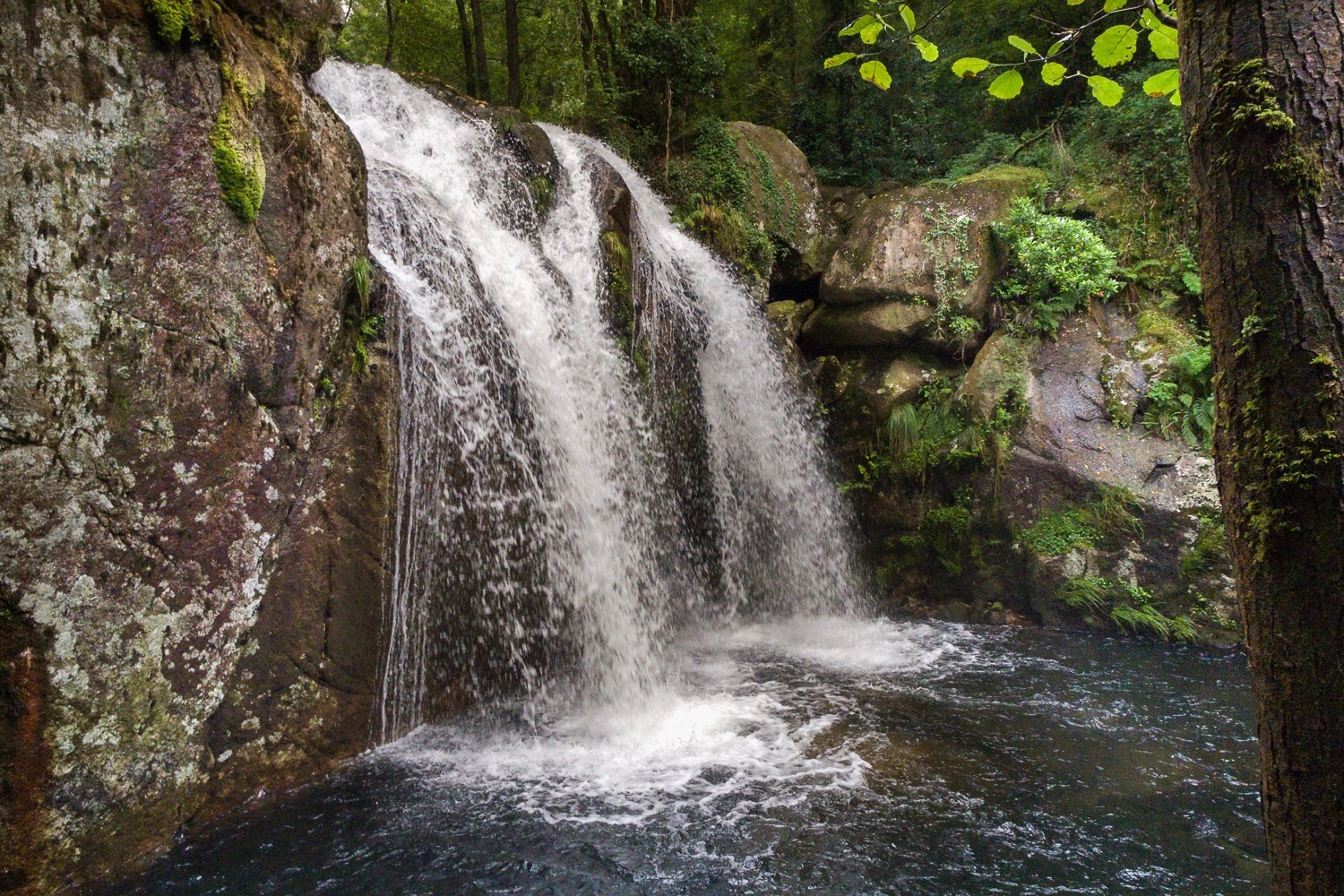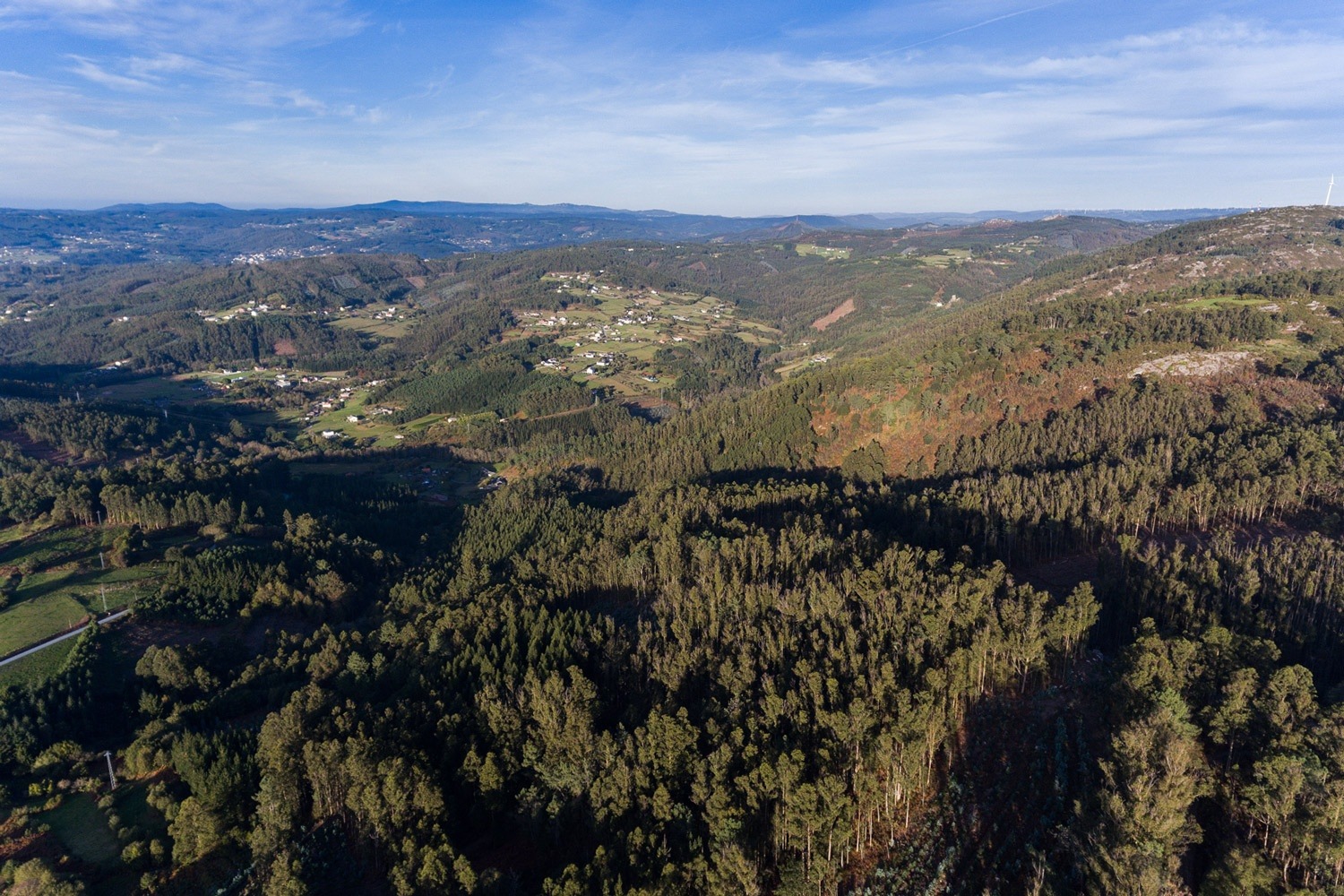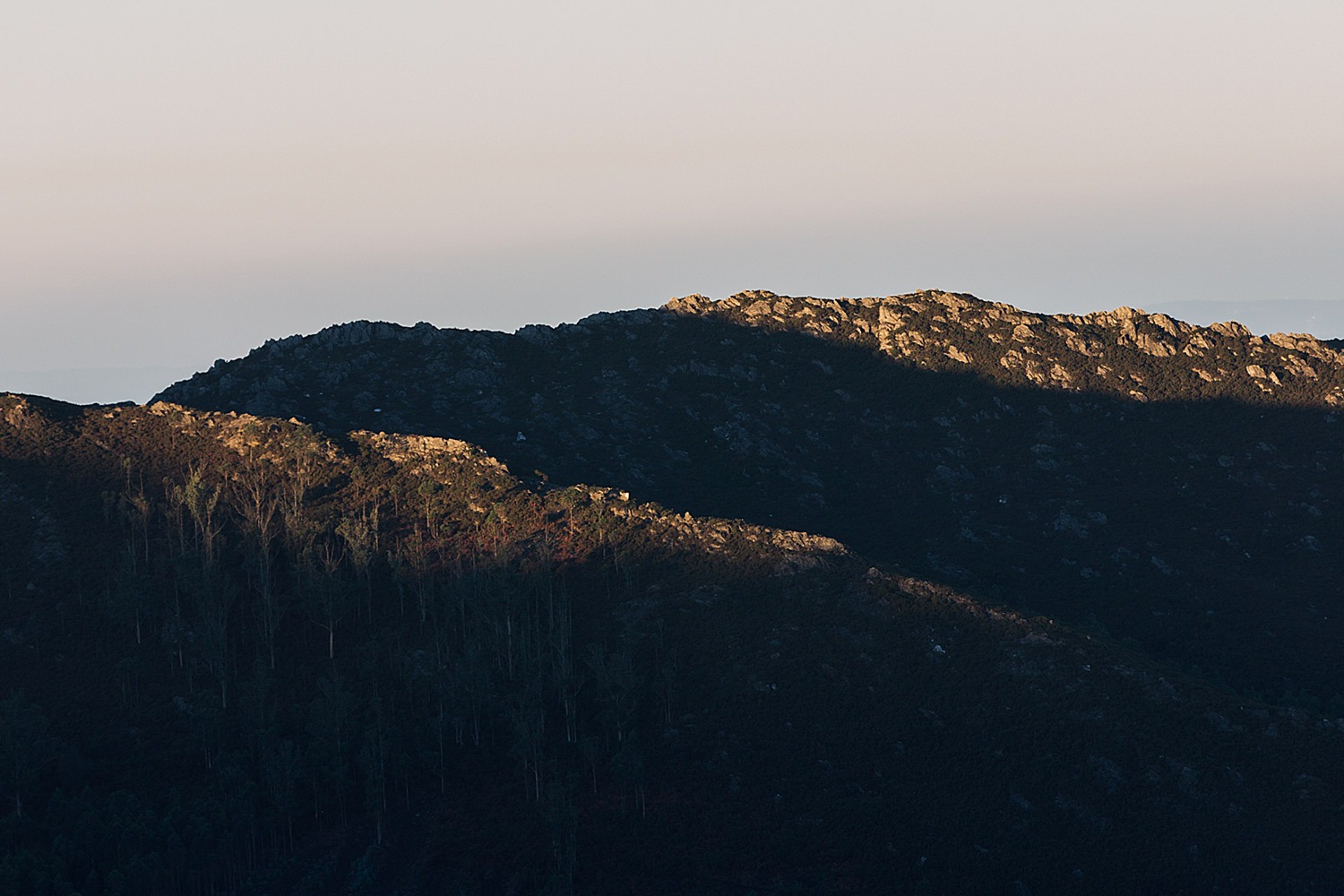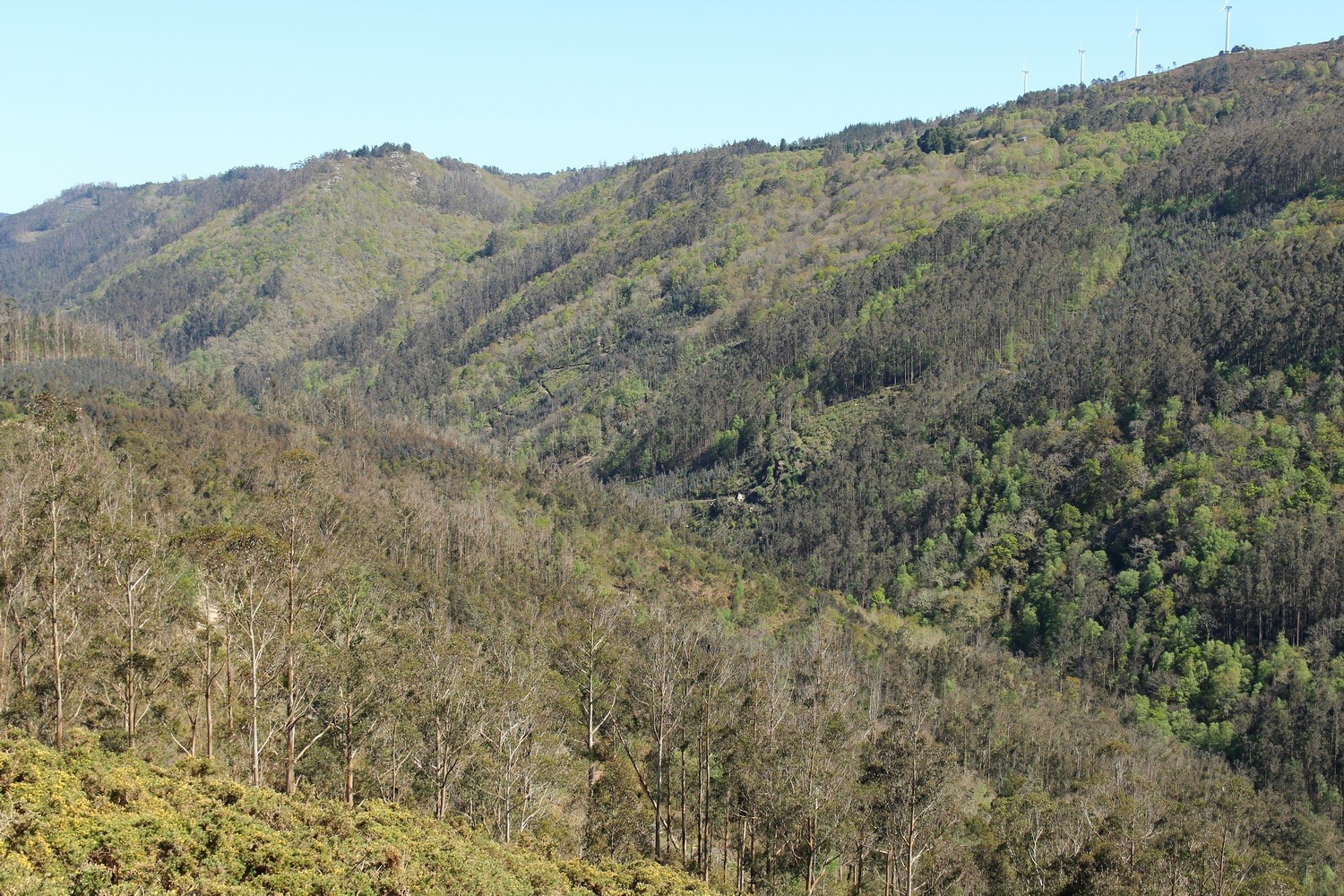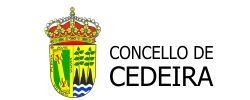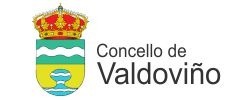At the southern end of the geopark project we find this mountain, which contains granitic rocks that are very common in Galicia although scarce in this territory. The most characteristic feature is the landscape full of bolos – large rocks of more or less spherical shape – which are undoubtedly its hallmark.
During the erosion of the granites, other forms are also formed, such as piles, grooves or taphonies. But one of the most striking elements are the ridged stones, very common in the surroundings of the Racamonde peak, which defy balance by resting on the ground or on other rocks in an apparently unstable manner.
The northern edge of O Forgoselo is delimited by the valley of the Castro river, a riverbed that took advantage of the presence of a fault line to fit more easily between the hard granite rocks. It is known as a structural valley. In the Riolimpo area, different phases of the formation of bowls and piles can be seen.
Both on the northern edge of O Forgoselo and on the west, in the area of Penas Louseiras, it is common to find crystals of andalusite, a mineral that indicates the intense heat produced by the granitic rocks on the surrounding materials.
City council: San Sadurniño
Can I visit it?: Yes, either going by car or on foot in the wind farm area.
Further information: The granitic phenomena -horses and “abaladoiras” stones, boulders, piles and taphoni – can be seen throughout the massif, where there are also lagoons and natural peat bogs. Tourists can also visit the Xubia river valley and the Castro valley, characterised by a very pronounced geological fault.
Can I visit it?: Yes, either going by car or on foot in the wind farm area.
Further information: The granitic phenomena -horses and “abaladoiras” stones, boulders, piles and taphoni – can be seen throughout the massif, where there are also lagoons and natural peat bogs. Tourists can also visit the Xubia river valley and the Castro valley, characterised by a very pronounced geological fault.
Anterior
Seguinte


